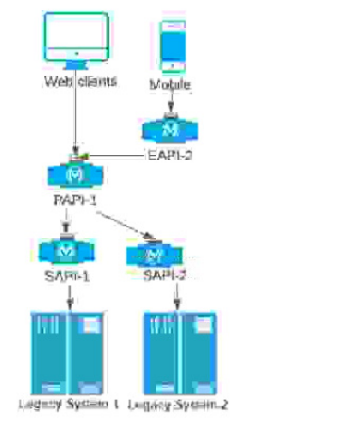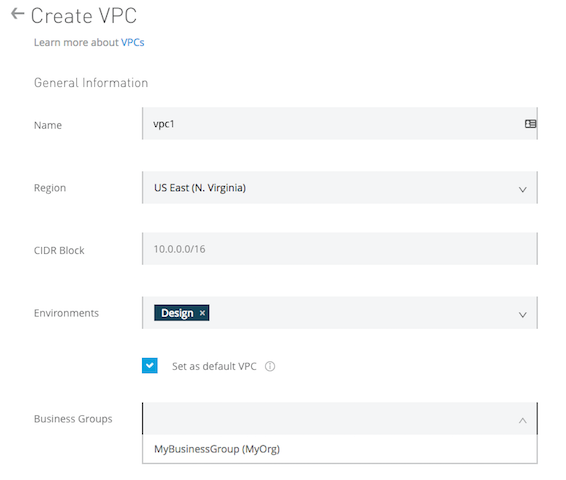MuleSoft MCPA-Level-1 - MuleSoft Certified Platform Architect - Level 1
What Anypoint Connectors support transactions?
An enterprise is embarking on the API-led digital transformation journey, and the central IT team has started to define System APIs. Currently there is no Enterprise
Data Model being defined within the enterprise, and the definition of a clean Bounded Context Data Model requires too much effort.
According to MuleSoft's recommended guidelines, how should the System API data model be defined?
A company stores financial transaction data in two legacy systems. For each legacy system, a separate, dedicated System API (SAPI) exposes data for that legacy system. A Process API (PAPI) merges the data retrieved from ail of the System APIs into a common format. Several API clients call the PAPI through its public domain name.
The company now wants to expose a subset of financial data to a newly developed mobile application that uses a different Bounded Context Data Model. The company wants to follow MuleSoft's best practices for building out an effective application network.
Following MuleSoft's best practices, how can the company expose financial data needed by the mobile application in a way that minimizes the impact on the currently running API clients, API implementations, and support asset reuse?
An organization has created an API-led architecture that uses various API layers to integrate mobile clients with a backend system. The backend system consists of a number of specialized components and can be accessed via a REST API. The process and experience APIs share the same bounded-context model that is different from the backend data model. What additional canonical models, bounded-context models, or anti-corruption layers are best added to this architecture to help process data consumed from the backend system?
What is a typical result of using a fine-grained rather than a coarse-grained API deployment model to implement a given business process?
A European company has customers all across Europe, and the IT department is migrating from an older platform to MuleSoft. The main requirements are that the
new platform should allow redeployments with zero downtime and deployment of applications to multiple runtime versions, provide security and speed, and utilize Anypoint MQ
as the message service.
Which runtime plane should the company select based on the requirements without additional network configuration?
What is true about the technology architecture of Anypoint VPCs?
An organization wants to create a Center for Enablement (C4E). The IT director schedules a series of meetings with IT senior managers.
What should be on the agenda of the first meeting?
Say, there is a legacy CRM system called CRM-Z which is offering below functions:
1. Customer creation
2. Amend details of an existing customer
3. Retrieve details of a customer
4. Suspend a customer
The asset version 2.0.0 of the Order API is successfully published in Exchange and configured in API Manager with the Autodiscovery API ID correctly linked to the
API implementation, A new GET method is added to the existing API specification, and after updates, the asset version of the Order API is 2.0.1,
What happens to the Autodiscovery API ID when the new asset version is updated in API Manager?





